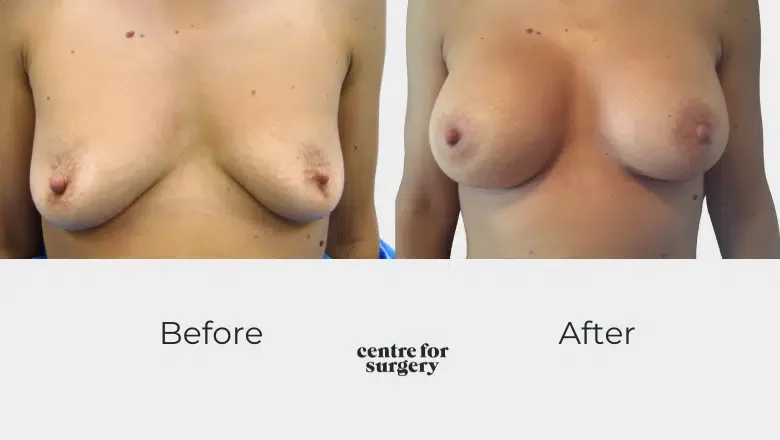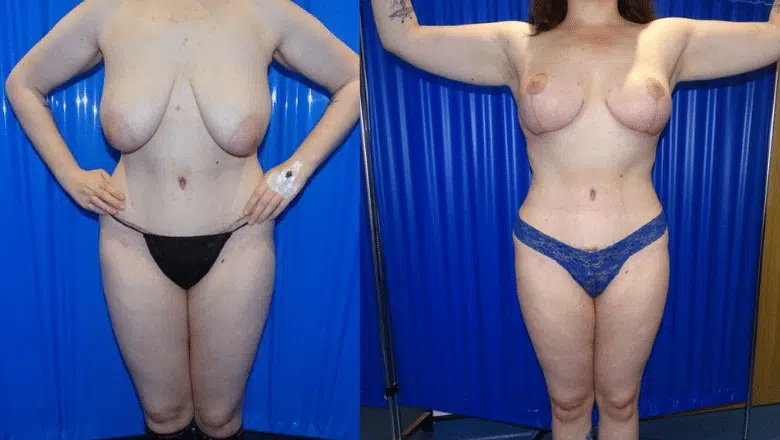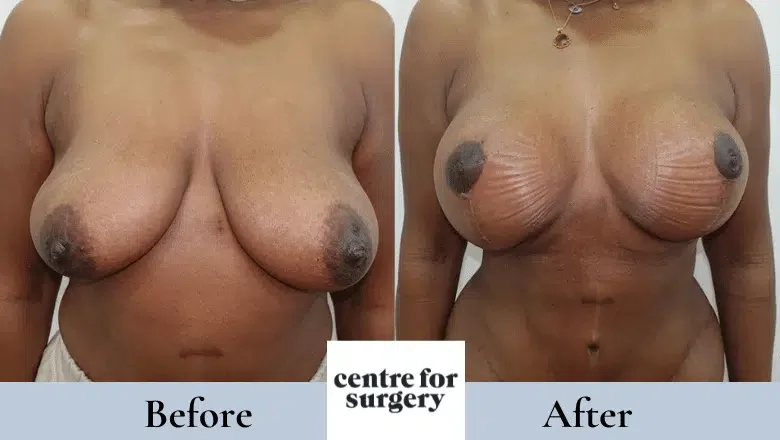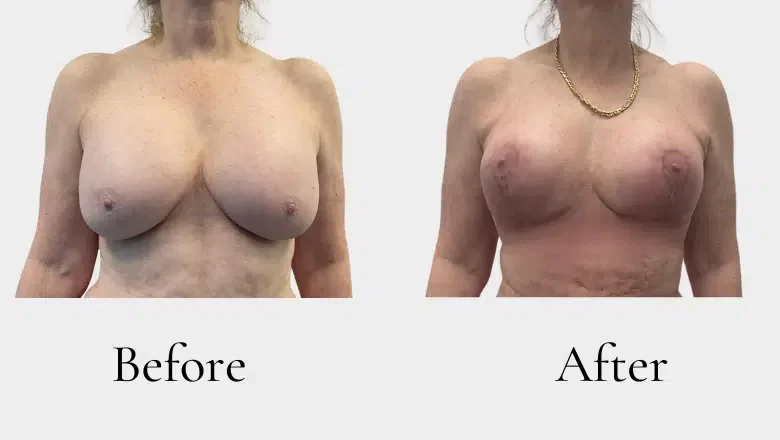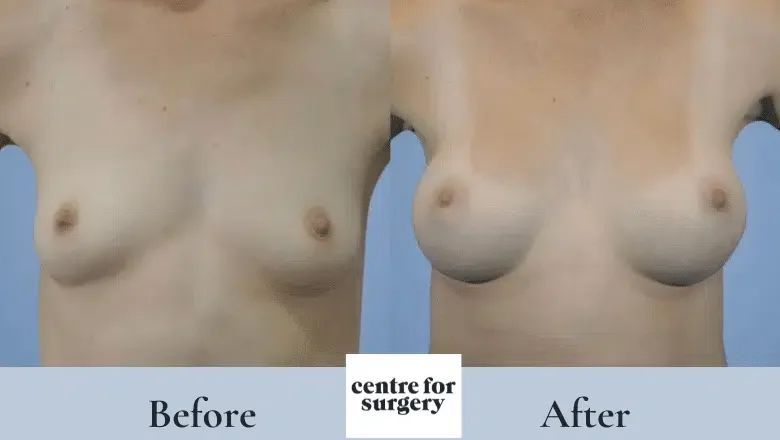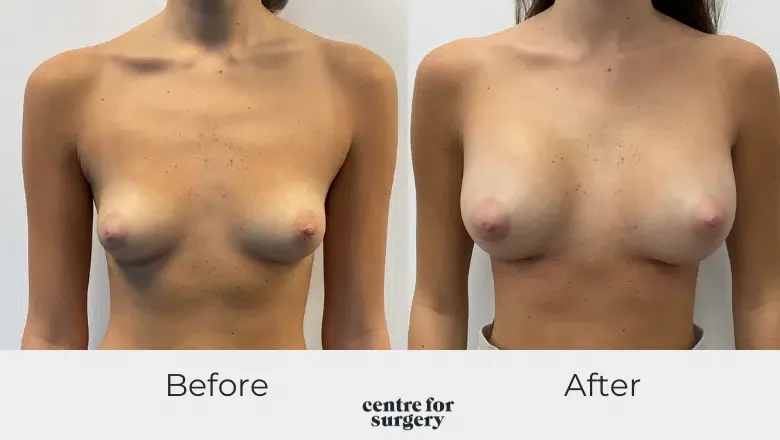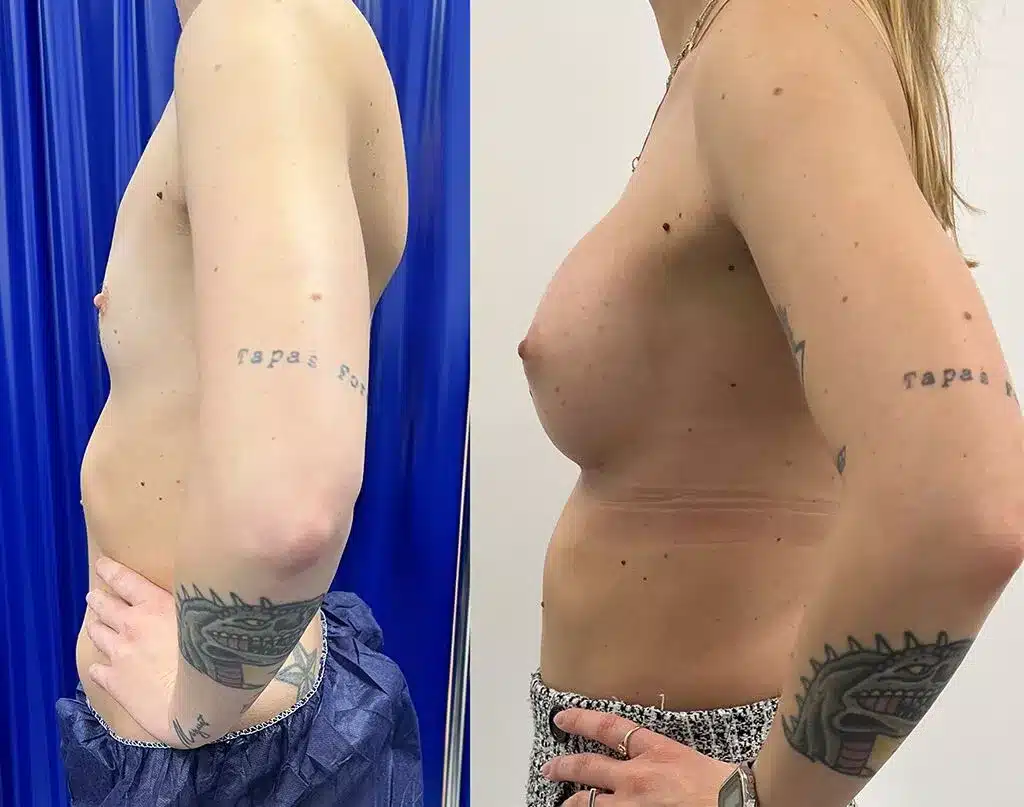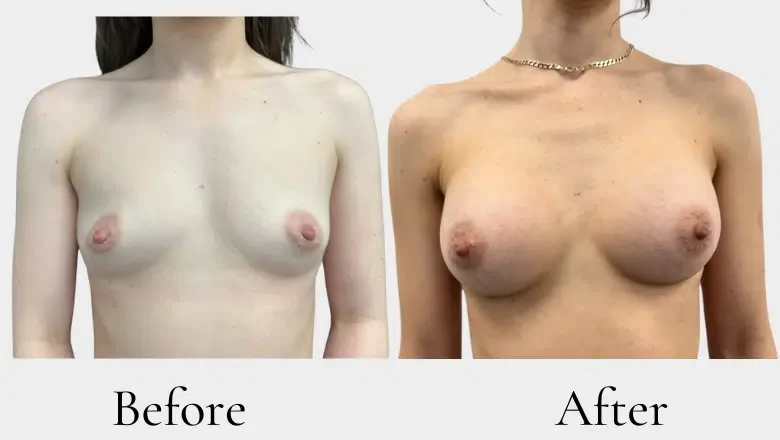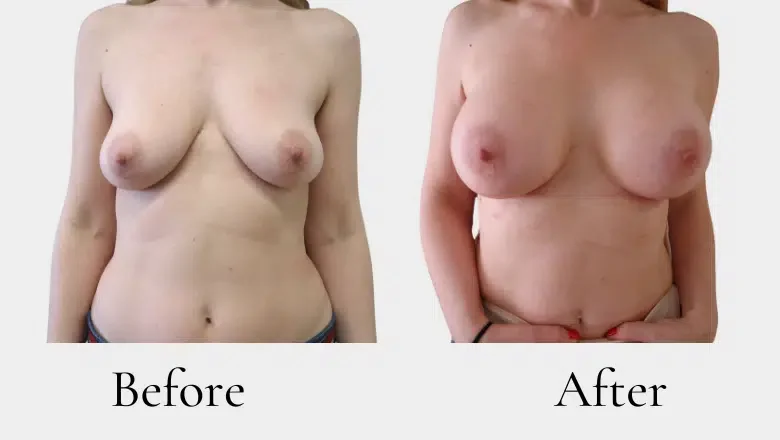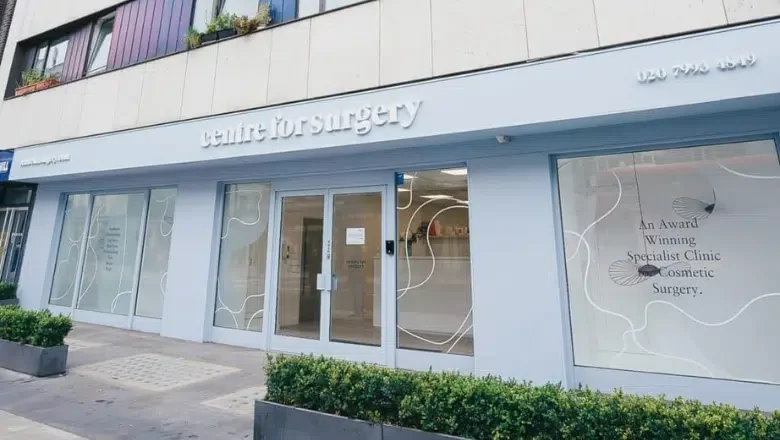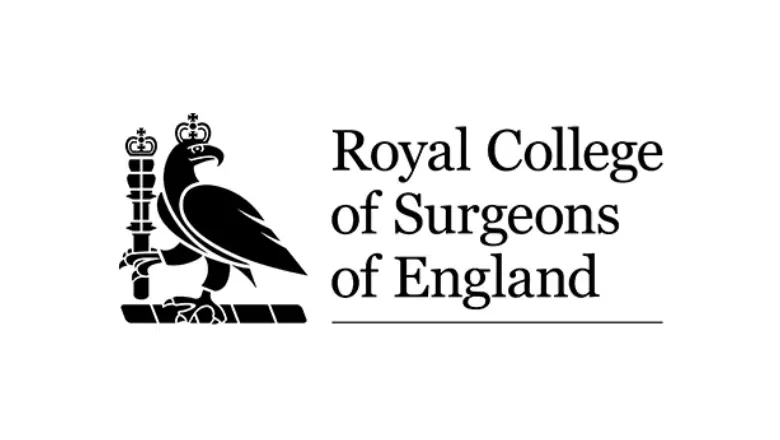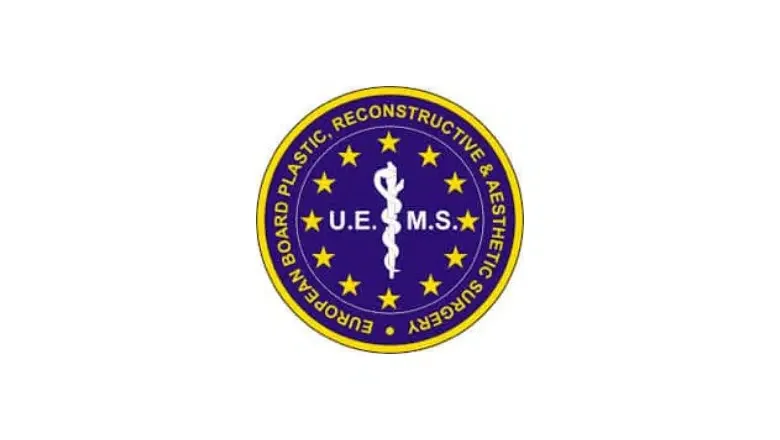For many women considering cosmetic breast surgery, combining a breast lift with implants seems like an efficient choice. One operation. One recovery. A new shape and size, all at once. On the surface, it sounds appealing. But there’s a growing case for doing these procedures separately — first the lift, then the implants in a second stage.
While this approach may take longer and require more patience, it can often lead to better results, improved safety, and a more tailored outcome. Here’s a closer look at why two-stage surgery is worth considering.
Centre for Surgery is a leading cosmetic surgery clinic in London, known for delivering precise, patient-focused care.
Breast Lift vs. Breast Augmentation
A breast lift, or mastopexy, reshapes and repositions the breasts. It removes excess skin, lifts sagging tissue, and often moves the nipples to a more natural position. It’s ideal for women whose breasts have lost firmness and shape due to ageing, pregnancy, breastfeeding, or weight changes.
Breast augmentation, on the other hand, involves the placement of implants to increase volume and enhance shape. It doesn’t fix sagging — that’s why it’s often combined with a lift when both volume loss and droop are present.
When both procedures are done together, it’s called an augmentation-mastopexy. It’s complex. It places opposing demands on the skin — tightening during the lift and stretching during augmentation. That’s one reason why separating the surgeries might be a smarter move.
Why Doing It All at Once Isn’t Always Best
Let’s get one thing clear: combining a lift and implants is possible, and for some women, it works well. But when surgeons push to do both in a single procedure without considering the individual’s anatomy, the risks rise.
Here’s what often goes wrong.
When a breast is lifted, skin and tissue are tightened. At the same time, placing an implant stretches the skin. These actions fight each other. The skin is being asked to do two opposite things at once. That can create tension, interfere with healing, and compromise the results.
The implant might not sit where it should. The scars might widen. The nipple position might shift over time. Worse, the breast may not maintain its shape, and a revision may be needed — sometimes sooner than expected.
Trying to accomplish too much at once can overwhelm the tissue. That’s especially true if the skin is thin, the breasts are significantly droopy, or there are large implants involved. It puts pressure on wound healing, increases the chance of complications, and can negatively affect the final look.
Two-Stage Approach: What It Involves
In a staged procedure, the lift is done first. This allows the surgeon to reshape the breast, raise the nipple, and remove any excess skin without the added complexity of an implant. The focus is entirely on creating a natural, uplifted shape.
After a few months — typically three to six — once healing is complete and the breast tissue has settled, the second stage begins. That’s when the implants are inserted, with the benefit of a stable foundation already in place.
The surgeon can now select an implant that complements the new breast shape. There’s less guesswork, fewer surprises, and a higher chance of achieving symmetry and proportion.
Benefits of Separating Breast Lift and Implant Surgery
Better Results, More Control
Doing the lift first gives the surgeon a clear idea of how your natural breast tissue behaves once it’s been reshaped. That insight is critical when choosing the right implant — size, shape, and placement can all be tailored more precisely in the second stage.
There’s no rushing to figure out everything at once. Each step is approached with clarity. That often leads to better balance, longer-lasting results, and more satisfaction.
Lower Risk of Complications
Combining two demanding procedures increases the risk of wound breakdown, poor scarring, implant malposition, and even nipple loss in extreme cases. Staging the surgeries spreads out the stress on the body and gives tissues time to heal properly.
It also lowers the chance of needing early revision surgery. A rushed result often means going back under the knife later. Taking your time upfront can prevent that.
Easier Healing and Recovery
One longer operation means one bigger recovery. When you split the process, each surgery is shorter, which can make recovery more manageable. Pain, swelling, and downtime may be reduced. You’re less likely to experience extreme discomfort or strain.
Also, if there are any concerns during healing after the lift — like scar quality or skin response — those can be addressed before moving ahead with implants.
Improved Nipple and Areola Placement
One of the trickiest parts of combining a lift with implants is predicting how the nipple will sit after the breast fills out. The weight of an implant can shift nipple position post-op. When done in two stages, the surgeon can fine-tune nipple placement with greater accuracy.
More Freedom to Choose Implant Size Later
After the lift has healed and the breast shape is finalised, it’s easier to decide on the perfect implant size. You might realise you need less volume than expected — or that a different profile works better. It’s a custom fit, not a guess.
The Downsides of a Two-Stage Approach
More Time and Patience Required
It’s not instant. There’s a waiting period between surgeries — and that can test your patience. You’ll need to live with your lifted but unaugmented breasts for a few months. For some, that’s emotionally difficult, especially if increasing volume is the main goal.
Additional Cost
Two procedures mean two sets of fees. While this isn’t double the cost, it’s certainly more than a single-stage operation. However, it may actually save money in the long term by reducing the need for corrective surgery.
Two Recovery Periods
You’ll go through two rounds of healing. Although they’re usually shorter and smoother than a single combined recovery, it’s still two separate recovery windows to plan for.
Who Benefits Most from the Two-Stage Method?
Not everyone needs a two-stage approach. But there are clear situations where it’s the better choice.
If your breasts are very droopy — with nipples sitting significantly below the crease — a lift alone can dramatically reshape them. Adding an implant at the same time in these cases can increase the risk of complications.
Women with very thin or delicate skin are also better suited to staged surgery. Their tissues need more time to adjust and strengthen between procedures.
Those seeking large implants should also consider spacing out their procedures. The added weight and stretch can compromise healing if done at the same time as a lift.
Even women who’ve had children or lost a significant amount of weight often have skin that doesn’t bounce back quickly. A lift first allows the surgeon to rebuild structure before adding volume.
Realistic Expectations: What the Process Looks Like
First, you’ll meet with your surgeon for a full consultation at our Baker Street clinic. They’ll assess your anatomy, skin quality, and goals. If a staged approach is recommended, the first operation will focus solely on the lift.
This surgery usually takes 2 to 3 hours. Recovery takes a few weeks. You’ll see a new shape emerge, with perkier, more lifted breasts. Some women find they’re happy with the result and no longer want implants at all.
If you do proceed, the second stage comes a few months later. Implant surgery tends to be quicker and less invasive than the lift. Recovery is also generally smoother the second time around.
At each stage, you have time to reassess. Your body and preferences might shift. A staged plan leaves room for adjustment and refinement.
FAQs
How long do I need to wait between a breast lift and implants?
Typically, three to six months. This allows the tissue to fully settle and scars to mature. Your surgeon will advise on the exact timing based on your healing.
Will I need general anaesthesia for both procedures?
Most likely, yes. Both surgeries are typically performed under general anaesthesia to ensure comfort and safety.
Can I go back to work between the two stages?
Yes. Most patients return to work within 1 to 2 weeks after each surgery, depending on the nature of their job.
Is the result really better with two surgeries?
In many cases, yes. It allows for more precise planning, better scar control, and reduced risk of complications.
Will my insurance cover any of this?
Cosmetic breast surgery is not typically covered by insurance. However, if the lift is part of reconstructive surgery or addresses a medical issue, some partial cover may be possible. Always check with your provider.
What if I change my mind after the lift?
That’s okay. Some women decide not to proceed with implants after seeing the results of the lift alone. A staged approach gives you that choice.
About Centre for Surgery
Centre for Surgery is a specialist cosmetic surgery clinic based in London. Our team of experienced consultant plastic surgeons perform breast lift and augmentation procedures using the latest techniques to deliver safe, natural-looking results. We prioritise patient education and custom care, ensuring every treatment plan is based on your unique body and goals. All procedures are carried out in our purpose-built surgical facility, registered with the Care Quality Commission.
We offer detailed consultations to explore all your options and help you decide whether a combined or staged procedure is the right approach for you.

